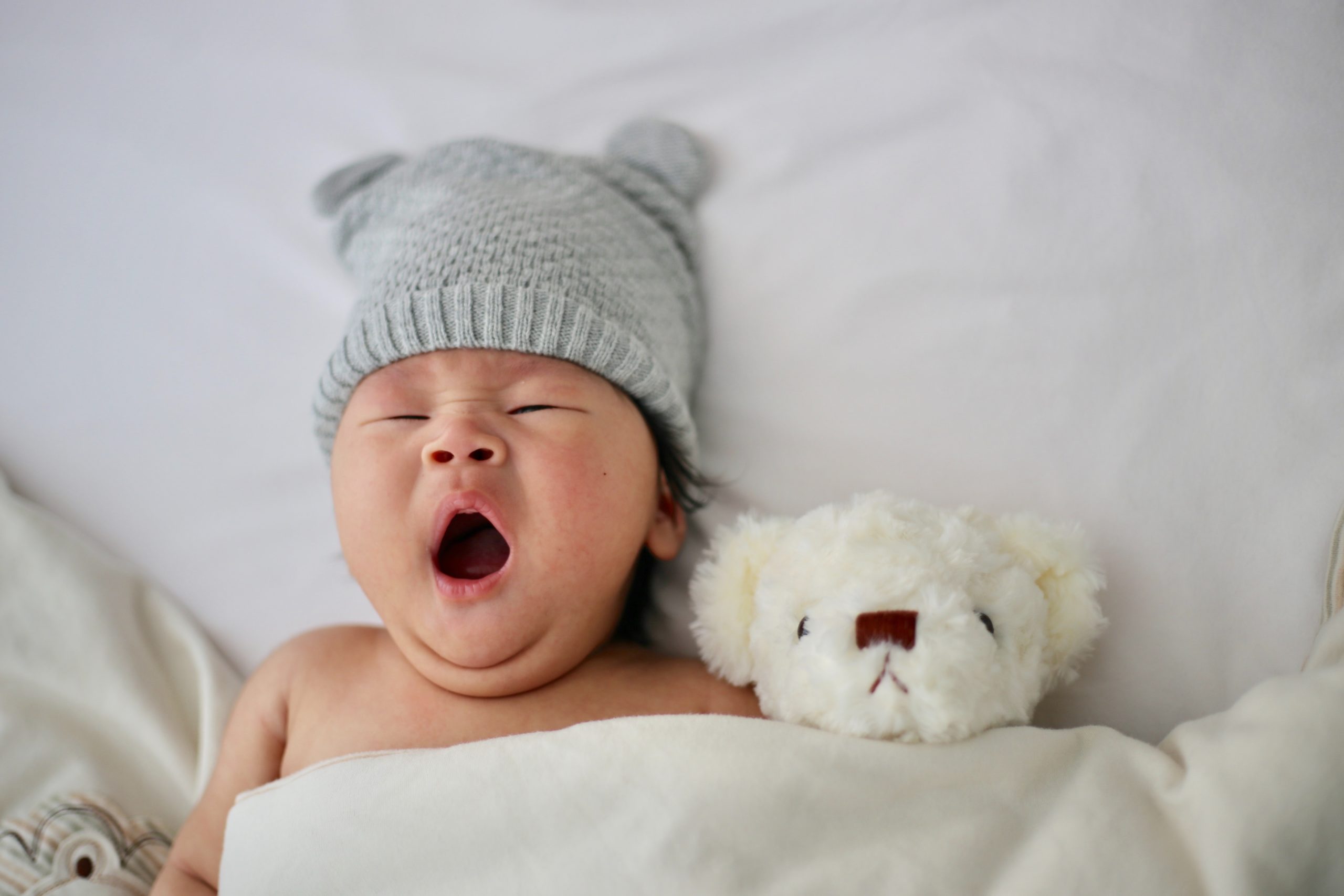July 20th, 2022
Sleep Environment Tips
It’s important to realize that a lot of tips for a child’s sleep environment are meant to replace the parents. Think snoo, swaddle, anything that comforts a baby – that’s not a parent or an attached caregiver. Shocker, that’s not what this post is about. While babies sleep all around the world in every conceivable environment, and magic wands don’t exist – there are a few things that make a room conducive to sleep! Think about when you walk into a spa (or when you used to have time for such things) the environment likely relaxed you immediately, and may have even made you sleepy. That’s what I’m after here – my favorite tips for a spa-like vibe for where your child sleeps.
Light
What’s the deal with black out curtains and light in general? Light and darkness inform our body about whether it’s daytime or nighttime, helping to establish our circadian rhythm (our internal clock). More specifically, when it’s time to sleep and when it’s time to wake up!
Adding black out curtains, or curtains that block out most light can be very helpful for your baby and your whole family. This can be especially helpful when your child is exposed to a lot of artificial light during the day, or if you have a highly sensitive child.
Similar to an adult walking into a spa – aim to have the room dark before you enter for bedtime.
At the very least I recommend removing artificial light after sunset or about an hour or so before your child’s bedtime. Red light bulbs are a huge help here. They can take a little getting used to because they are dim compared to blue light – but they are sure to help the whole family relax and cue your bodies that sleep is upon you!
On the flip side – exposing your baby, and your whole family to morning sun first thing in the morning, is a great way to signal it’s time to be awake! This further establishes the circadian rhythm, and even prepares the body to be ready for sleep when darkness begins towards the end of the day.
Noise
There’s a lot of controversy about noise machines. Per usual – whatever works best for your family, is the answer here too!
Noise machines can be a blessing for a family who has older children, who might make a lot of noise after your baby has gone to sleep. Some babies flat out hate sound machines, and some will sleep the same with or without it.
White noise at about 50 decibels is about as loud as a shower, which is safe, and also loud enough to drown out background noise. If it’s too loud for you, it’s too loud for the baby!
Temperature
While most conventional “sleep science” suggests that babies sleep best in cooler rooms, (64-72 F) as I mentioned before, there are babies all over the world who sleep in hot climates, and homes that don’t have air conditioning.
What’s more important than the perfect temperature, is dressing your baby appropriately for the conditions they are sleeping in. Fleece fabrics are not ideal, they can cause babies to sweat even when they aren’t hot! For sheets, organic cotton and bamboo are great, same for clothing with the addition of wool.
It’s common to assume that your baby is cold if their hands and/or feet are cold. However, this isn’t always accurate – the best place to check is the back of their neck.
Some signs your baby may be cold:
- They are restless/moving around their sleep space
- Prefers to sleep on their tummy
- Tucks hands under body
- Wakes often wanting to be held
- Takes short naps
- Wakes early (4am-5am)
Making light changes, adding white noise, and making sure your baby sleeps in breathable jammies, can be big game changers for your child’s sleep. These changes don’t need to be fancy, and can be done inexpensively. Tuning into your unique baby is key! Focusing on their needs and how they are responding to their environment will lead to far greater results than listening to what works for others! You are the only true expert on your child.

